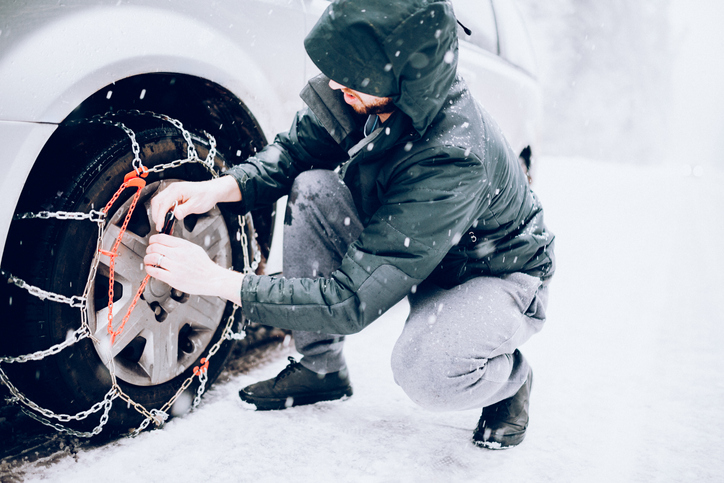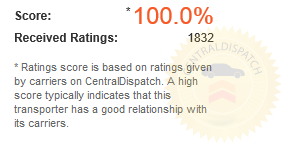When should I expect snow in Alaska?
Types of winter tires
Tips and advice about winter tires
Conclusion

When should I expect snow in Alaska?
Generally speaking, the snow season in Alaska lasts from October through April. However, when you should expect snow depends on where you are in Alaska. In far north areas there is more snow because temperatures remain colder more often, and elevations tend to be higher. In areas close to the water you get higher amounts of snowfall because of the concept of lake-effect snow.
For example, when you are in the southern parts of Alaska, there is considerably more snow than other places in the United States but less than other more northern parts of Alaska. Take Anchorage for example. Anchorage averages 78 inches of snow per year whereas the US average is only 28 inches per year. This is because of Anchorage is located close to the water. However, Talkeetna which is over a hundred miles north of Anchorage, averages 178 inches of snow per year.
So, when exactly you will need snow tires in Alaska is dependent on where in Alaska you are. However, so long as you are not in the far northern parts of Alaska, you can figure that October through April will be the months where winter tires will be a good idea.
Types of winter tires
There are actually a couple of different types of winter tires that you can consider for your car. Which you choose depends on the severity of winter conditions you expect in your area, the amount you anticipate yourself driving in snow and ice and the type of vehicle you have.
The following are the different types of winter tires:
- Studded tires – Studded tires are for the most serious winter conditions. These tires use metal studs on the tire to dig into snow and ice for the best traction possible. However, the downsides are that they can contribute to damage to the pavement, create a decent amount of noise and are only legal for part of the year in Alaska. Be sure to check your local laws, but in many places in Alaska studded tires are legal for the duration of the possibility of snow. So, you can keep your studded tires on from the middle of September through the middle of April.
- Non-studded winter tires – These tires are a great option if you are in an area with an average to above average amount of snow and ice each winter. They are specially made so that they remain soft in cold temperatures and they have a heavy-duty tread design that really helps with traction.
- All-weather tires – All-weather tires are generally for areas such as New York where there is snow but maybe only one major snowstorm per year. These tires are not recommended for use in areas with more severe winter conditions. They still work well enough in harsher winter conditions, but studded or non-studded winter tires work better.
Tips and advice about winter tires
Before you go out and buy your winter tires you should consider a few things first:
- What type of winter tire should you get? – As we mentioned earlier, this will depend on where you live in Alaska. If the weather conditions are harsher, you should consider buying winter tires, whether studded or non-studded, instead of all-weather tires.
- Get the right size! – This goes without saying but we will say it any way, be sure that you get the right sized tires for your car. The best way to do this is to show up to an auto shop in person and give them your vehicle specifications.
- Don’t put them on too early – Remember, there are laws against having your winter tires on during the summer months. Do not get an easily avoidable ticket by being too zealous and putting your winter tires on too early.
- Install them on all wheels – Some people try and get away with putting winter tires on only their back wheels. Do not do this because it could imbalance your car’s performance.
- Keep a close eye on your tire pressure – You should always check your tire pressure at least once a month, but you should especially do so in the winter. This is due to the fact that tire pressure will drop more rapidly in colder temperatures.
Conclusion
We recommend that you get snow tires for your car if you live in Alaska. They can really help you drive safely in the abundance of snow and ice that occurs in Alaska from October through April. The type of snow tire that you should get depends entirely on where exactly in Alaska you live. Remember, that if you do get studded winter tires you will be legally required to change them by the middle of April or the beginning of May at the latest.


